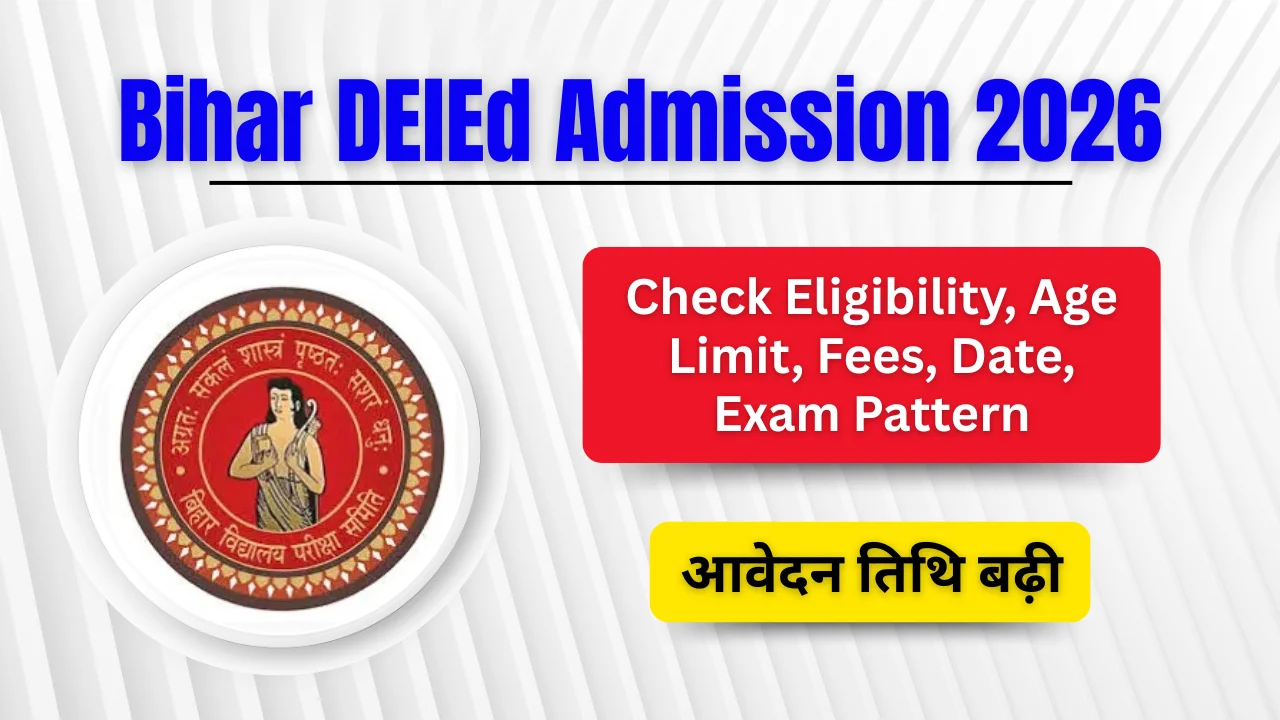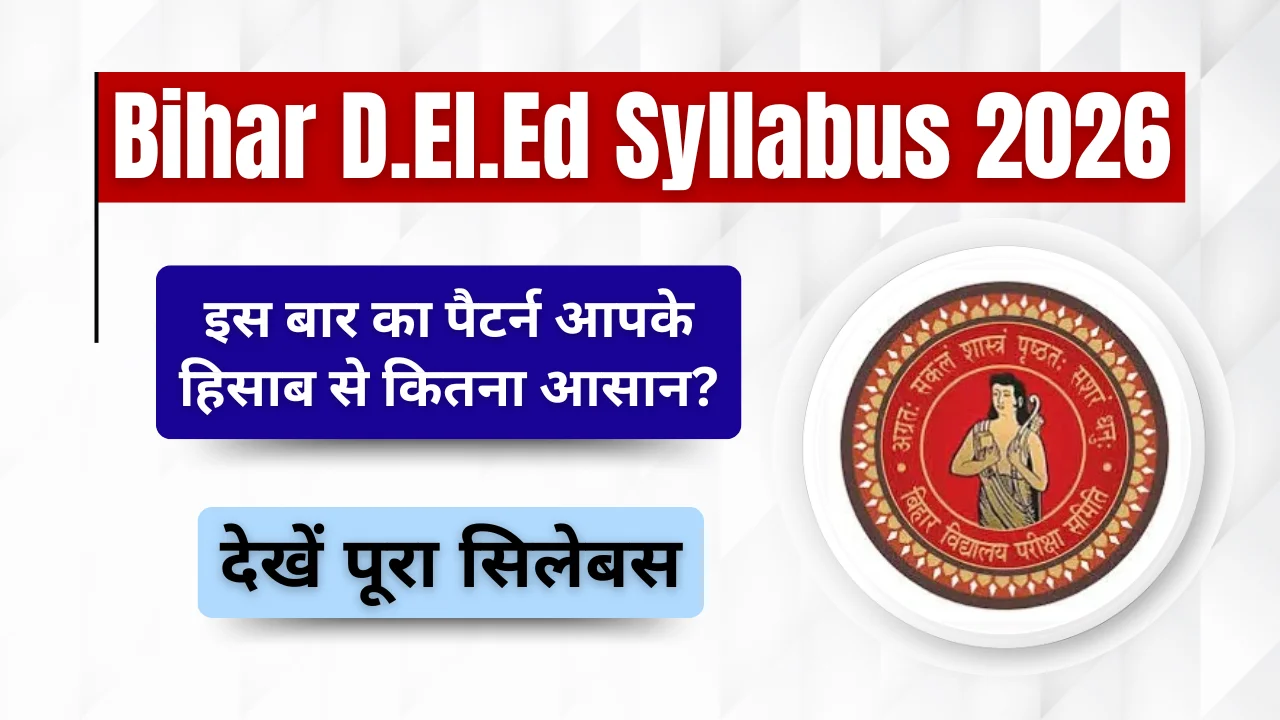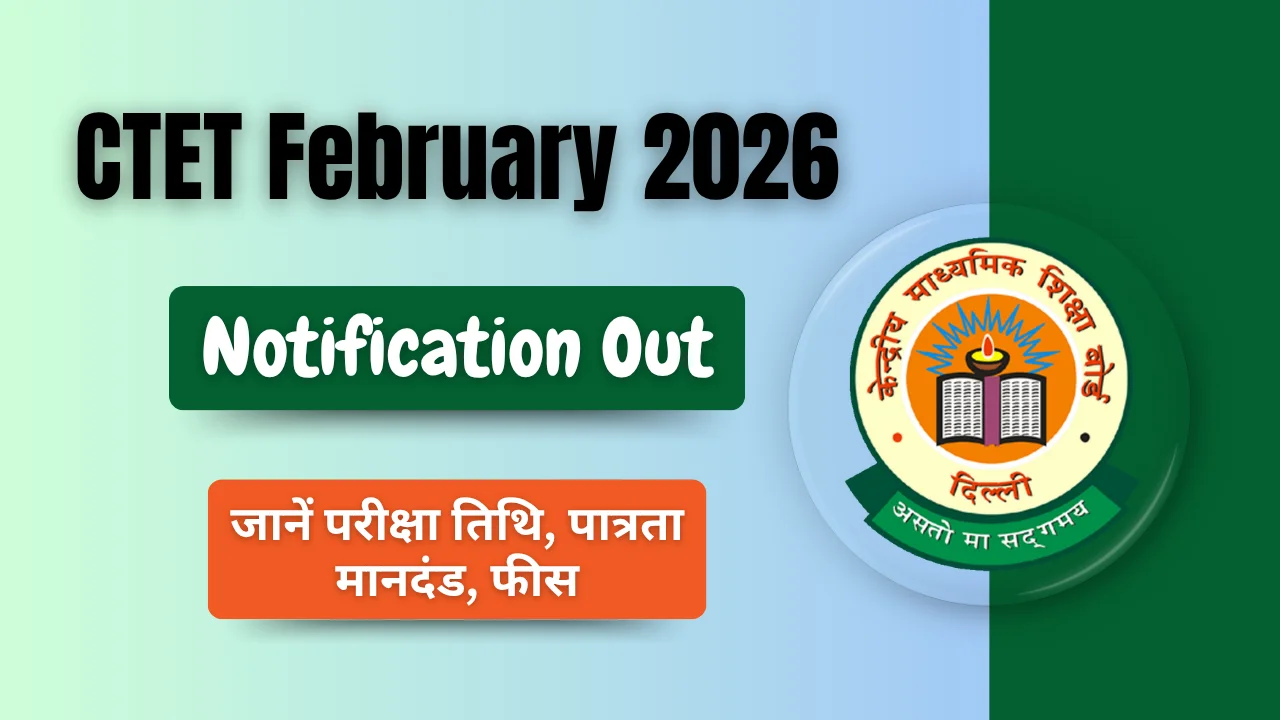NCERT Solutions for Class 10 Science Updated syllabus for 2022-23
NCERT (National Council of Educational Research and Training) is a self-governing organisation in India they provides the curriculum for CBSE and most of the state board also follow the NCERT kind of syllabus so you don’t need to worry if you are a student of any state board, just check your text book question and match with these Class 10 Science NCERT Solution. All these NCERT solution also help students for higher studies and competitive exam. Student can also check the NCERT Solutions for Class 10 Maths
ALSO CHECK – NCERT Solutions for Class 9 Maths
These NCERT Solutions for class 10 Science are very important for your board examination as well as higher education it helps the students in understanding the complex topics and helps them in the preparation of Class 10 board examination. These NCERT Solutions for class 10 Science are prepared by our expert teacher’s group to help students in their board exam preparations as well as other competitive exams. Students who are searching for the chapter wise NCERT Solutions for Class 10 Science are now at right place.
Chapter-wise NCERT solution for class 10
- Chapter 1 – Chemical reactions and equations
- Chapter 2 – Acids, bases and salt
- Chapter 3 – Metals and Non-metals
- Chapter 4 – Carbon and Its Compounds
- Chapter 5 – Periodic Classification Of Elements (*According to new CBSE Syllabus 2022-23, this chapter has been removed)
- Chapter 6 – Life Processes
- Chapter 7 – Control and Coordination
- Chapter 8 – How do Organisms Reproduce?
- Chapter 9 – Heredity and Evolution
- Chapter 10 – Light Reflection and Refraction
- Chapter 11 – The Human Eye and Colourful World
- Chapter 12 – Electricity
- Chapter 13 – Magnetic Effects of Electric Current
- Chapter 14 – Sources of Energy
- Chapter 15 – Our Environment
- Chapter 16 – Sustainable Management of Natural Resources
CBSE Class 10 Science Marking Scheme & Syllabus (Theory) –
| Units | Term – I | Marks |
| I | Chemical Substances – Nature and Behaviour: Chapter 1, 2 and 3 | 16 |
| II | World of Living: Chapter 6 | 10 |
| III | Natural Phenomena: Chapter 10 and 11 | 14 |
| Units | Term – II | Marks |
| I | Chemical Substances – Nature and Behaviour: Chapter 4 and 5 | 10 |
| II | World of Living: Chapter 8 and 9 | 13 |
| IV | Effects of Current: Chapter 12 and 13 | 12 |
| V | Natural Resources: Chapter 15 | 05 |
| Total Theory (Term I + II) | 80 | |
| Internal Assessment: Term I | 10 | |
| Internal Assessment: Term II | 10 | |
| Grand Total | 100 |
NCERT Solutions Class 10 Science Book All Chapters Briefing:
Chapter 1 – Chemical Reactions and Equations – Term I
The first Chapter of Class 10 Science is Chemical Reactions and Equations, as name suggest this chapter 1 is all about chemical reaction and its equation, how to write equations, how to conduct combination, different types of reactions decomposition reactions, and more.
Chapter 2 – Acids, Bases and Salts – Term I
The 2nd Chapter of Class 10 Science chapter 2 Acids, Bases And Salts is mainly describes the chemical nature of acids, bases and salts, their reaction with metals, non-metals and with each other.
Chapter 3 – Metals and Non-metals – Term I
NCERT Solution Class 10 Science chapter 3 Metals and Non-metals is about various elements that can be classified as metals or non-metals on the basis of their properties.
Chapter 4 – Carbon and its Compounds – Term II
NCERT Solutions Class 10 Science chapter 4 Carbon And Its Compounds is about compounds and their properties. We learn about chemical properties of carbon and its compounds such as combustion, oxidation, addition reaction, substitution reaction.
Chapter 5 – Periodic Classification of Elements – (*Not in New 2022-23 CBSE Syllabus)
NCERT Solutions Class 10 Science chapter 5 Periodic Classification of Elements: In this chapter, Periodic Classification of Elements, elements in the Modern Periodic Table are arranged in 18 vertical columns called groups and 7 horizontal rows called periods. Elements thus arranged show periodicity of properties including atomic size, valency or combining capacity and metallic and non-metallic character.
Chapter 6 – Life Processes – Term I
NCERT Solutions Class 10 Science chapter 6 Life Processes: The chapter teach you Life Processes of all living organisms, There are six life processes i.e movement, respiration, growth, reproduction, excretion and nutrition. The topic included in thi chapter are
- Life Processes
- What Are Life Processes?
- Nutrition
- Respiration
- Transportation
- Excretion
Chapter 7 – Control and Coordination
NCERT Solutions for Class 10 Science chapter 7 Control and Coordination : The chapter teach you about control and coordination which are the functions of the nervous system and hormones in our bodies. The responses of the nervous system can be classified as a reflex action, voluntary action or involuntary action.
- Control And Coordination
- Animals – Nervous System
- Coordination In Plants
- Hormones In Animals
Chapter 8 – How do Organisms Reproduce – Term II
In this chapter we cover the question based on these topic.
- How Do Organisms Reproduce?
- Do Organisms Create Exact Copies Of Themselves?
- Modes Of Reproduction Used By Single Organisms
- Sexual Reproduction
Chapter 9 – Heredity And Evolution – Term II
NCERT Solutions for Class 10 Science chapter 9 Heredity and Evolution: In this chapter we discussed how some amount of variation is produced even during asexual reproduction.
Chapter 10 – Light Reflection and Refraction – Term I
In this NCERT Solutions for Class 10 Science chapter 10 Light Reflection and Refraction – we will study the phenomena of reflection and refraction of light using the straight-line, reflection of light by spherical mirrors and refraction of light and their application in real life and more.
Chapter 11 -The Human Eye and Colorful World – Term I
In this NCERT Solutions for Class 10 Science Chapter 11 Human Eye and Colourful World we discuss about optical phenomena in nature, rainbow formation, splitting of white light, blue colour of the sky and everything about human eye.
- The Human Eye And The Colourful World
- The Human Eye
- Defects Of Vision And Their Correction
- Refraction Of Light Through A Prism
- Dispersion Of White Light By A Glass Prism
- Atmospheric Refraction
- Scattering Of Light
Chapter 12 – Electricity – Term II
NCERT Solutions for Class 10 Science Chapter 12 Electricity contain the following chapter –
- Electricity
- Electric Current And Circuit
- Electric Potential And Potential Difference
- Circuit Diagram
- Ohm’S Law
- Factors On Which The Resistance Of A Conductor Depends
- Resistance Of A System Of Resistors
- Heating Effect Of Electric Current
- Electric Power
Chapter 13 – Magnetic Effects of Electric Current – Term II
In this NCERT Solutions for Class 10 Science Chapter 13 contain the following topic and we will study magnetic fields and such electromagnetic effects, along with electromagnets and electric motors which involve the magnetic effect of electric current, and electric generators and more.
These are the main topic that we covered in this chapter Magnetic field, field lines, field due to a current carrying conductor, field due to current carrying coil or solenoid, Force on current carrying conductor, Fleming’s Left Hand Rule, Electric Motor, Electromagnetic induction. Induced potential difference, Induced current. Fleming’s Right Hand Rule.
Chapter 14 – Sources of Energy
NCERT Solutions for Class 10 Science Chapter 14 Source of Energy – Students will discuss about different type of sources of energy and they are conventional sources of energy, which we keep on using for many years. It includes fossil fuels, thermal power plants and hydropower plants and their advantages and disadvantages.
Chapter 15 – Our Environment – Term II
In this NCERT Solutions for Class 10 Science Chapter 15 Our Environment – we discuss about how various components in the environment interact with each other and how it impact the environment.
Chapter 16 – Sustainable Management of Natural Resources – Only for Internal Assessment
In this last chapter NCERT Solutions for Class 10 Science Chapter 16 Sustainable Management of Natural Resources – we study about our resources like forests, wildlife, water, coal and petroleum and how we are using them. We need to be used in a sustainable manner. How we can manage these thing to avoid pressure on the environment like ‘Refuse, Reduce, Reuse, Repurpose and Recycle’ in our lives.







